Hello, friends! One of the greatest joys of homesteading is growing plants that not only nourish us but also heal us. I’ve always been fascinated by the power of nature to provide for our health, and growing medicinal herbs has been a big part of my journey toward natural living. Whether you want to make your own herbal remedies of teas, tinctures, salves, or oils, medicinal herbs are a wonderful addition to any homestead garden.
Today, I’m excited to share tips for growing and using some of the best healing herbs that you can easily cultivate at home (medical disclaimer). Whether you have a small herb garden or a larger plot of land, these herbs can help you take control of your health naturally and sustainably.
Why Grow Your Own Medicinal Herbs?

- Self-Sufficiency: By growing your own herbs, you can reduce your reliance on over-the-counter medications and store-bought herbal products. You’ll be empowered to care for yourself and your family using herbal remedies right from your garden.
- Cost-Effective: Herbal supplements, teas, and tinctures can be expensive, but growing your own herbs is an affordable way to ensure you always have access to these natural medicines.
- Organic and Pure: When you grow your own herbs, you know exactly how they’ve been grown—without chemicals, pesticides, or contaminants. You can trust that your herbs are as pure and natural as possible.
- Connection to Nature: There’s something deeply rewarding about tending plants that nurture and heal. Growing medicinal herbs helps us reconnect with nature and its powerful ability to support our health.
Top Medicinal Herbs to Grow at Home
If you’re new to growing medicinal herbs, don’t worry! Many healing herbs are easy to grow, even if you don’t have a lot of gardening experience. Here are some medicinal herbs that are versatile and simple to cultivate.
1. Lavender (Lavandula)
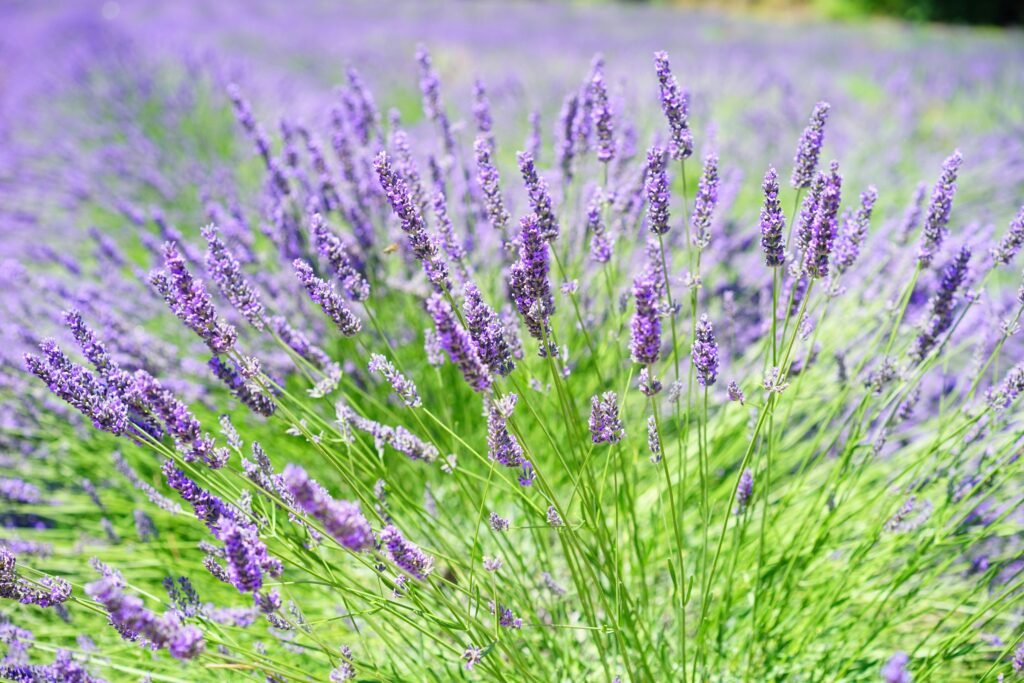
Lavender is one of the most well-known medicinal herbs, famous for its calming and soothing properties. It’s often used to reduce anxiety, promote restful sleep, and ease headaches. Plus, it smells amazing!
- How to Grow: Lavender thrives in full sun and well-drained soil. It prefers slightly alkaline soil, so consider adding a bit of lime if your soil is too acidic. Lavender is drought-tolerant once established, so be careful not to overwater it.
- Medicinal Uses: Lavender is great for making teas, tinctures, and essential oils. You can also make a lavender-infused oil to use in salves for soothing irritated skin or calming sore muscles.
2. Peppermint (Mentha piperita)

Peppermint is a cooling, refreshing herb used to aid digestion and relieve headaches. It’s also a powerful decongestant, making it useful for colds and respiratory issues.
- How to Grow: Peppermint is a vigorous grower and can spread quickly, so it’s best to plant it in a container to keep it from taking over your garden. It prefers partial shade and moist soil. Keep it well-watered during hot weather.
- Medicinal Uses: Peppermint is used in teas to soothe an upset stomach or calm nausea. You can also make a peppermint oil infusion to use in muscle rubs for relieving tension and pain.
3. Chamomile (Matricaria chamomilla)
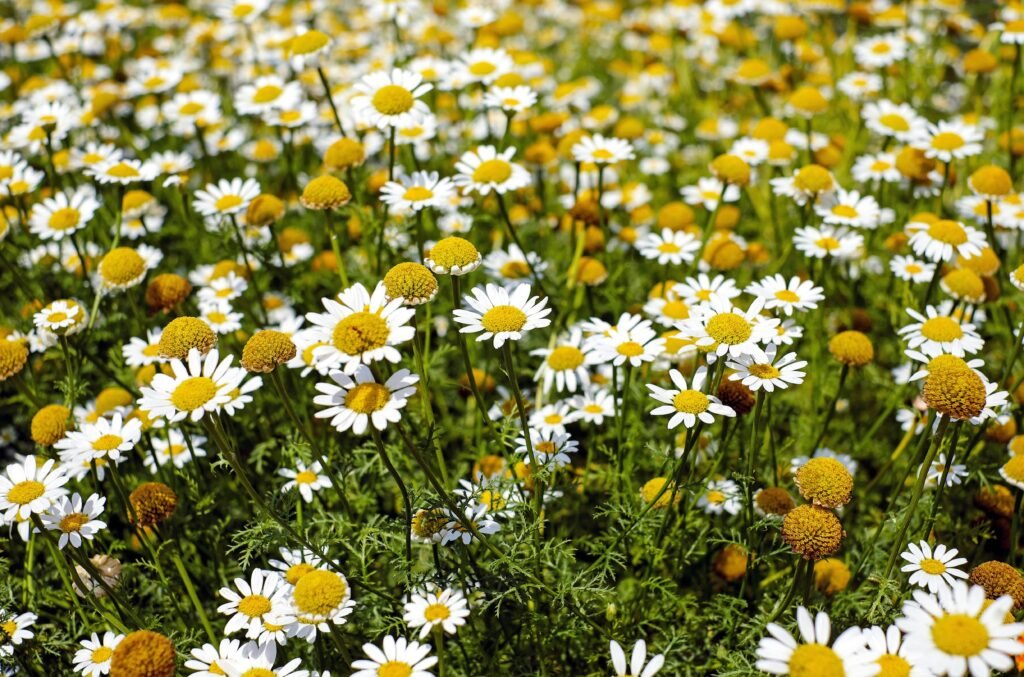
Chamomile is a gentle, calming herb that’s perfect for soothing anxiety, promoting sleep, and relieving digestive issues. Its delicate flowers make it a beautiful addition to any garden.
- How to Grow: Chamomile grows best in full sun but can tolerate partial shade. It prefers well-drained soil and doesn’t require much water once established. Chamomile is an annual, but it often reseeds itself, so you may find it popping up again next year!
- Medicinal Uses: Chamomile is commonly used in teas to calm the mind and ease digestive discomfort. You can also use chamomile to make calming salves or infused oils for irritated skin.
4. Calendula (Calendula officinalis)
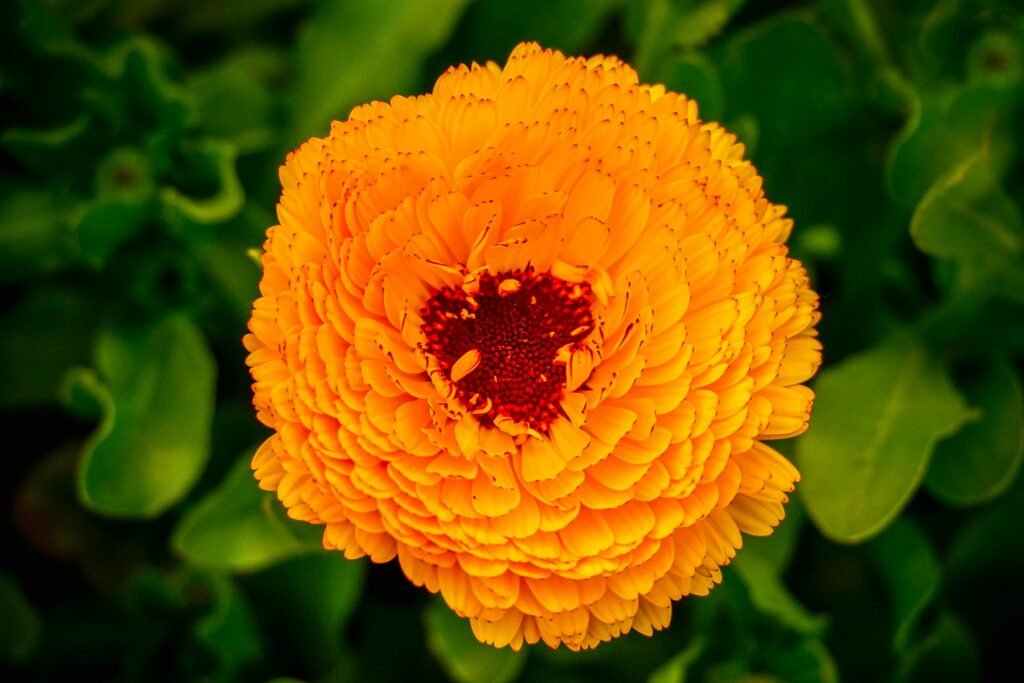
Calendula, often called “pot marigold,” is a powerhouse when it comes to healing the skin. It’s anti-inflammatory and antiseptic, making it perfect for treating cuts, burns, rashes, and other skin irritations.
- How to Grow: Calendula is easy to grow and prefers full sun, though it will tolerate partial shade. It thrives in well-drained soil and can tolerate drought, making it a hardy choice for many climates. Calendula is also known for attracting beneficial insects to the garden!
- Medicinal Uses: Calendula is commonly used in salves and oils for skin healing. It can also be made into a tea or tincture to support the immune system and reduce inflammation.
5. Echinacea (Echinacea purpurea)

Echinacea, also known as coneflower, is famous for boosting the immune system and helping the body fight off colds, flus, and infections. It’s a hardy perennial with beautiful, daisy-like flowers.
- How to Grow: Echinacea is a low-maintenance plant that thrives in full sun and well-drained soil. Once established, it’s drought-tolerant and requires very little care. It’s perfect for adding color and medicinal benefits to your garden.
- Medicinal Uses: Echinacea is often used in teas and tinctures to support the immune system, reduce inflammation, and help the body fight infections. It’s a go-to herb for cold and flu season.
6. Lemon Balm (Melissa officinalis)

Lemon balm is a calming herb with a bright, lemony scent. It’s commonly used to reduce stress, anxiety, and insomnia. It’s also antiviral, making it useful for treating colds and flu.
- How to Grow: Lemon balm grows well in full sun to partial shade and prefers rich, well-drained soil. Like peppermint, lemon balm can spread quickly, so it’s best to plant it in a container or a designated area of your garden.
- Medicinal Uses: Lemon balm is often used in teas and tinctures for calming the mind and reducing anxiety. It’s also great for treating cold sores due to its antiviral properties.
7. Yarrow (Achillea millefolium)
Yarrow is a medicinal herb with a long history of use for healing wounds, reducing inflammation, and stopping bleeding. It’s also used to treat colds, fevers, and digestive issues.
- How to Grow: Yarrow thrives in full sun and well-drained soil. It’s a hardy perennial that can tolerate drought and poor soil conditions, making it a great choice for low-maintenance gardens.
- Medicinal Uses: Yarrow is often used in poultices or salves to heal wounds and stop bleeding. It can also be made into a tea to reduce fever and support digestion.
Tips for Growing and Harvesting Medicinal Herbs
Now that you know some of the best medicinal herbs to grow, let’s talk about a few tips for successfully cultivating, harvesting, and using them in your remedies.
1. Start with the Right Soil

Herbs, like most plants, thrive in nutrient-rich soil. Before planting your herbs, it’s a good idea to amend your garden beds with compost or organic matter to improve soil quality. Most medicinal herbs prefer well-drained soil, so if you have heavy clay soil, consider adding some sand or perlite to improve drainage.
2. Watering and Sunlight Needs
While many herbs are drought-tolerant once established, they still need regular watering to get started. Be sure to water your herbs consistently during their first few weeks of growth. After that, you can adjust your watering schedule based on the needs of each plant. Most medicinal herbs prefer full sun, but some (like lemon balm and peppermint) can tolerate partial shade.
3. Harvesting Your Herbs
When it comes to harvesting medicinal herbs, timing is everything! For leafy herbs like peppermint, lemon balm, and chamomile, it’s best to harvest them in the morning after the dew has dried but before the sun is too hot. This is when the essential oils in the plants are most concentrated. For flowers like calendula and chamomile, pick them when they’re fully open but before they start to wither.
Always use sharp scissors or pruning shears to avoid damaging the plant. Don’t harvest more than one-third of the plant at a time to ensure it continues to thrive.
4. Drying and Storing Your Herbs
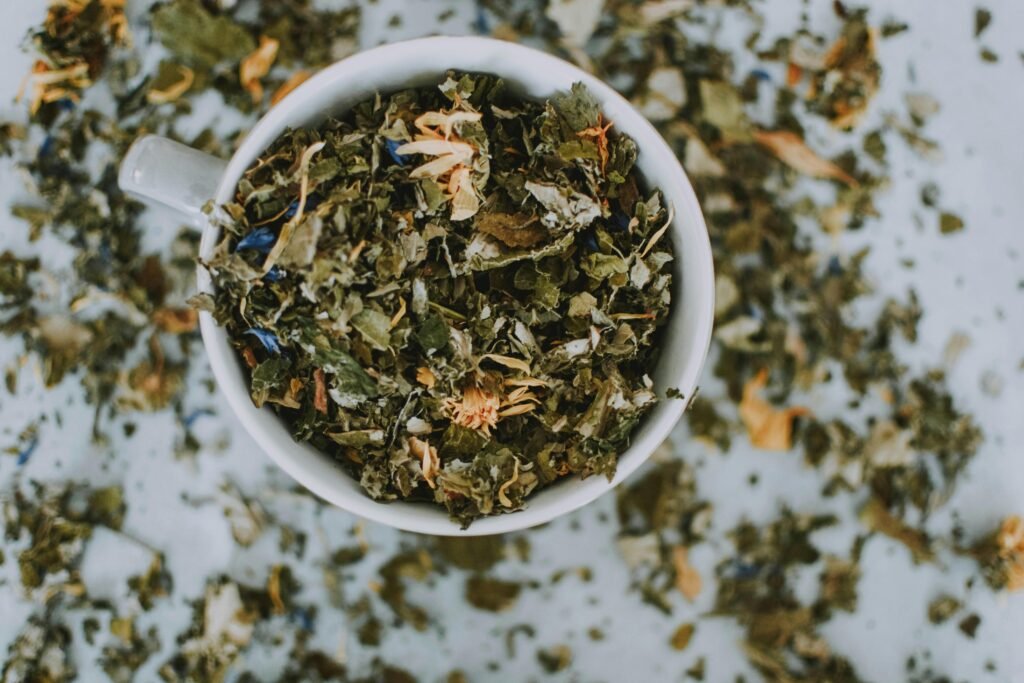
To preserve your medicinal herbs for future use, you’ll want to dry them properly. The simplest method is to bundle your herbs and hang them upside down in a dry, dark place with good air circulation. Once they’re fully dried, store them in airtight glass jars in a cool, dark cabinet to preserve their potency.
Growing Your Own Herbal Apothecary
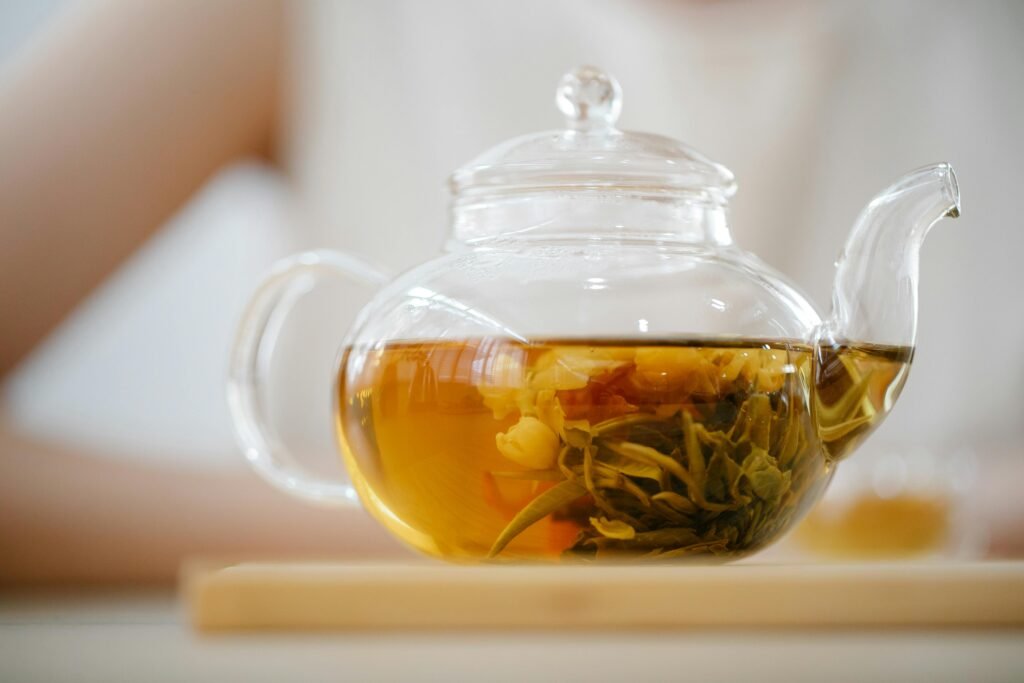
Growing medicinal herbs is such a rewarding and empowering experience. Not only do you get to enjoy the beauty and fragrance of these plants in your garden, but you also have the tools to care for your health naturally and sustainably. Whether you’re soothing a headache with lavender tea, calming anxiety with lemon balm, or healing a cut with calendula salve, you’ll be amazed at the healing power that’s right at your fingertips.
So, if you haven’t already, I encourage you to start your own medicinal herb garden. Even if it’s just a few pots on your windowsill, you’ll soon discover the joy of growing and using your own herbal remedies.



3 Responses